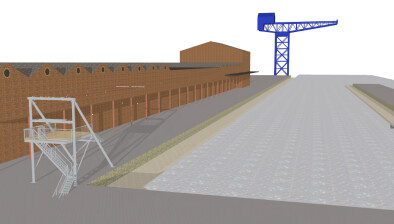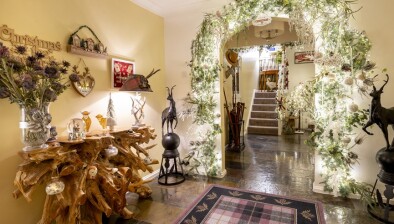And finally… How blue lights on train platforms combat Tokyo’s suicide epidemic
A blue light has been installed at the end of a train platform in Tokyo and it has only one purpose: to stop people from jumping in front of oncoming trains and killing themselves.
First installed on Tokyo’s Yamanote train line in 2009, these blue LED lights are one example of Tokyo’s idiosyncratic response to the city’s suicide rate — a rate that’s declining, but still one of the highest in the world.
Suicide is a bigger threat to Tokyo’s citizens than natural disasters and traffic fatalities combined. In 2013 a total of 2,825 people killed themselves in Tokyo. In Kanagawa, part of Tokyo’s suburban sprawl, a further 1,532 people committed suicide according to data released by the National Police Agency (NPA). Japan saw 27,195 suicides in total in 2013.
Questions have now been raised as to what role the city itself has to play in Tokyo’s high suicide rate?
The most visible signs of suicide prevention are the barriers, automatic gates and blue lights on train platforms. Part of the reason the city concentrates its efforts here is because such “human accidents” are costly and can disrupt tens of thousands of passengers for up to an hour, weekly or even daily. Barriers and automatic gates are a deterrent but not a solution, however — motivated people simply climb over them. Less expensive are the aforementioned blue LED lights.
A research paper published in the Journal of Affective Disorder in 2013 (four years after the first lights were installed) found that there was an 84 percent decrease in suicides at stations with the blue lights. The exact reason why the lights are effective isn’t known, but some researchers theorize that it’s related to the apparent positive effect of light on mood.
A recent study led by Hiroshi Kadotani, from Shiga University of Medical Science found there was an “increased proportion of railway suicide attempts after several days without sunlight,” based on 971 suicides or attempted suicides in Tokyo between 2002 and 2006.














